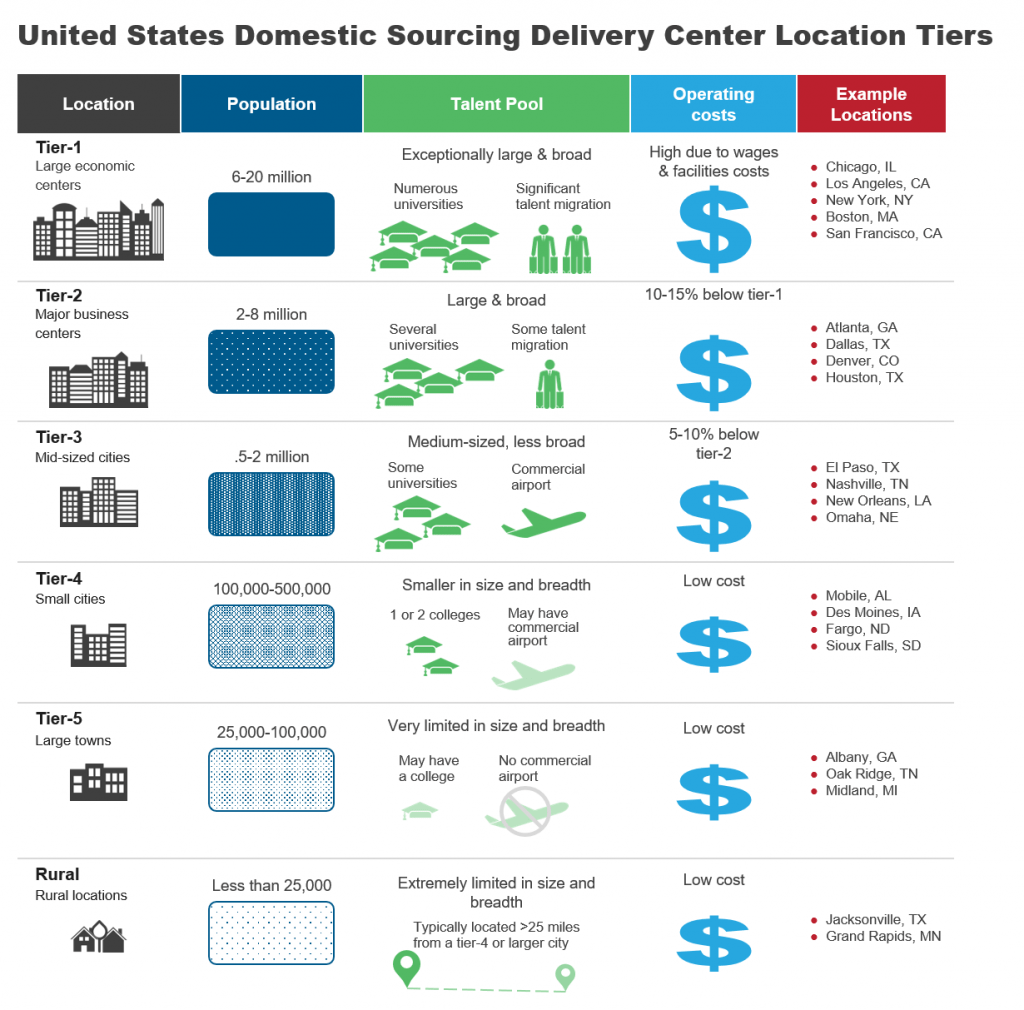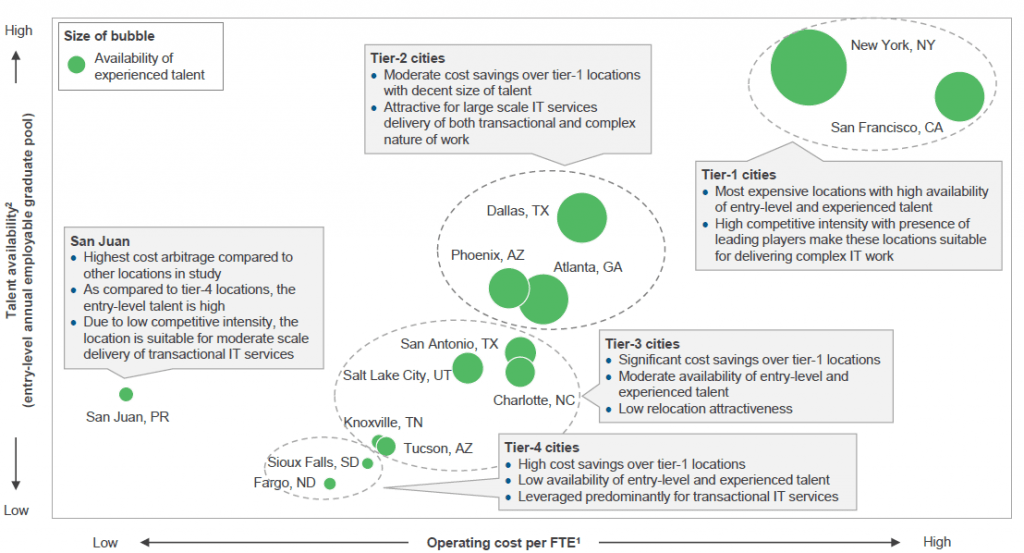Three Truths about H-1B Visa Reform | Sherpas in Blue Shirts
The news about pending immigration and H-1B visa reform in recent weeks plowed anxiety into companies and workers in both the US and India. I’ve closely followed the visa reform movement and blogged about how it was evolving many times since 2013. The buzz in recent weeks was so hot it carried a “the sky is falling” flavor because of rumors of ending the policy of extending visas for workers already in the US. But the US Customs and Immigration Services agency announced this week the policy is not currently changing. So, what does this really mean? I believe there are three truths we should not overlook.
Truth #1: It’s not over til it’s over
As the Yankees’ baseball legendary Yogi Berra pointed out about apparent wins, “It ain’t over til it’s over.” There is still real momentum to reform the H-1B visa program. President Trump wants change, and now, for the first time, there is bipartisan support for meaningful legislation being enacted. Both parties agree on a narrow scope of reform to the visa program without the larger contentious issues of immigration reform. In addition, mid-term elections loom, and both Republicans and Democrats want to show accomplishment and want to demonstrate they can work together. Although visa reform had a low-odds chance of enactment over the past few years, the probability now has high odds.
Truth #2: India stands to benefit from the legislation
Despite the intense rhetoric, H-1B visa reform is not draconian. There will be winners and losers; but in many respects, India stands to benefit from the legislation when it’s enacted.
For example, many workers participating in the H-1B program will receive higher wages and will do more interesting work. The individuals that want to work in America through H-1B visas may find themselves more likely to work for an Amazon, Microsoft, Facebook or Netflix type of company.
From an Indian diaspora perspective, India has the deepest talent pool and the most qualified group of workers wishing to emigrate to the US. India has the largest and deepest talent pool and the most qualified workers. India’s talent pool is highly valuable to the US economy, especially high-tech firms; and the pressure to retain this talent in the US won’t go away.
Truth #3: Indian service providers must address the issues
As I said already, there will be winners and losers when visa reform legislation is eventually enacted. The workers will win, assuming the green card processing backlog clears up by that time. But the Indian service provider firms will clearly lose their ability to use the H-1B visa system to their advantage. That’s not to say that it would preclude them from utilizing H-1B visas, but it would increase their costs. They would have to either pay more for the H-1B workers or pay more when they hire domestic talent.
That said, it’s important to recognize that India’s service providers have many levers to address the issue. Most, if not all, service providers have an adjustment process well underway. Wipro, for example, is leading the way and has been working for years to address this issue.
The legislation, when enacted, will cause downward pressure on service providers’ margins. This alone will not challenge their relative profitability but will at least create a headwind for their absolute profitability. Having said that, their margin gap will narrow only modestly. The truth is, the Indian service providers have envious industry-leading margins and will continue to be the most profitable service providers in the world even after they make the necessary adjustments to H-1B visa reform.



